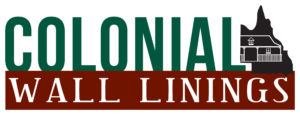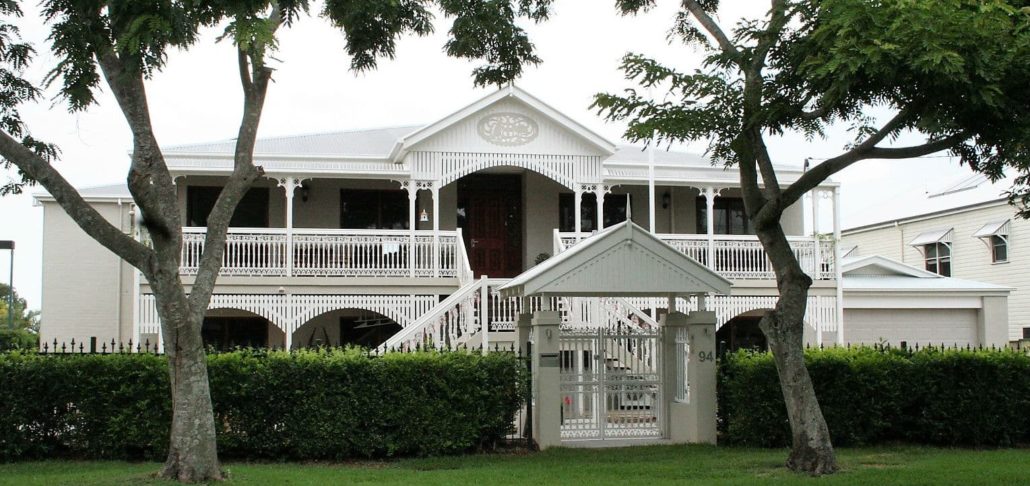History of Colonial Wall Linings
In 1998, David Proberts and his Uncle Mike were inspecting hardwood decking that Mike had imported from New Guinea, stored at HF Palmer & Sons depot, Northgate. Dave recognised the people making MDF VJ sheeting on a Giben N32 beam saw in an adjacent workshop. After reacquainting himself, Dave agreed to start selling their product on a commission-only basis.
Shortly thereafter, an opportunity to buy this business resulted in David & Diane Proberts becoming the new owners and registering the name Colonial Wall Linings.
After a couple of years, the business was sold to Neil Miller.
A short time later, a continuous-feed, purpose-built “VJ” profiling machine was being auctioned by a liquidating company.
Dave approached Neil Miller with the proposal of buying the “VJ” machine at auction and re-entering the business as a 50/50 partnership. Neil agreed and we traded and grew the business until Neil retired in 2007.
In 2010, a full moulding production line was purchased & commissioned. Chris Gardiner (Australian Timber Mouldings) was the vendor and Chris was our first machinist. In 2012, Chris returned to Brisbane Saw Service. Emmett Byrne joined the business as our machinist, which now had three employees along with its working owners.
The business now manufactures and markets two niche products: MR MDF Wall/Ceiling Linings; and MR E0 MDF mouldings, targeting the renovating market.
Currently employing four full-time staff, the business now claims reasonable market share in its marketplace. We taking pride in offering excellent products, information and customer service.
Health & Safety Information for Users
WOOD PANELS PRODUCT
Ingredients
Wood fibre or particles and heat cured resin.
Risk
Dust and smoke from this product are irritating to eyes, skin and respiratory system. May cause sensitisation by inhalation (asthma) and skin contact (dermatitis). Repeated inhalation of the dust increases the risk of nasal cavity cancer and may increase the risk of lung fibrosis (scarring).
Safety
Avoid repeated or prolonged contact with skin.
Avoid contact with eyes.
Avoid breathing dust and smoke.
Wear suitable clothing, standard duty gloves (AS 2161), and dust resistant eye protection (AS/NZS 1336). If machining without adequate dust or smoke extraction or if dusty or smoky, respiratory protection (particulate dust mask) must be worn (AS/NZS 1715 & 1716). Keep work areas clean by wet sweeping and/or vacuuming. Wash work clothes regularly and separately from other clothes.
First Aid
Irrigate eyes with plenty of water.
Wash skin with soap and water.
Disposal
Follow above safety instructions, and:
Collect in containers for disposal as trade waste in accordance with local authority guidelines;
The intact product and dust must not be burnt in barbecues, combustion stoves, or open fires in the home, as irritating gases are emitted.
Fire
Dust may form an explosive mixture in the air.
Earth all exhaust equipment and prevent high dust concentrations in confined spaces.
Extinguish with water, CO2, foam or dry chemical extinguishers. Firefighters must wear self-contained breathing apparatus.
Material Safety Data Sheets & Technical Data Sheets for all our products are available on request.
What’s a Queenslander?
Circa mid 1800’s, an innovative building design emerged in and around Brisbane.
This design used local, readily available building materials. These materials consisted of local hardwoods (eucalypts) and softwoods (hoop pine).
The typical Queenslander was raised on timber stumps, creating air flow to keep the inside cool and raising the construction above flood prone land.
Hardwoods were used for stumps, bearers, joists, wall and roof framing, decking & handrails.
Hoop pine was predominantly used for internal flooring as well as wall & ceiling linings.
Roof cover was corrugated iron, doors were panelled with breezeways and windows were timber framed in either double hung or casement configuration.
Typical Queenslanders were symmetrical in design, with a central hallway with rooms opening off. The hallway had picture rails, belt rails and decorative cornices featured and of course, VJ walls (vertical joint). These walls were made from loose boards with the edges profiled in a tongue & groove (T&G) profile. To enhance the T&G, a ‘V’ was added for more decoration.
Queenslanders will always remain popular, using classic ageless appeal and features of the pre-war era, with designers, builders and renovators adding their own special touches.
At Colonial Wall Linings, we replicate the tongue & groove VJ Wall construction by supplying the VJ wall detail in a profiled 1200mm wide MR MDF panel. The two main profiles are “VJ” and “Traditional Beaded”. We supply skirting boards, architraves, belt rails, picture rails & cornices to replicate the look of a Queenslander.
Download our product catalog here. For more information or to place your order, call 07 3266 4324 or email us at info@colonialwalllinings.com.au
Our goal is to supply/manufacture high quality products and to provide prompt and efficient service to all of our customers.


